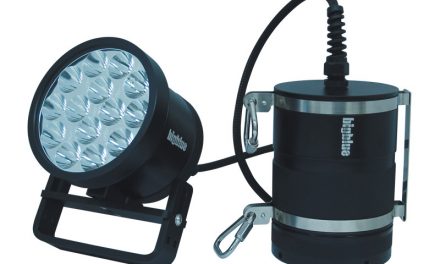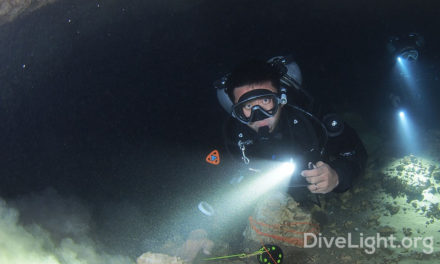Dive lights are categorized into three groups based on the level of diving. Deep sea diving calls for the use of both primary and secondary dive lights. A primary dive light is designed to operate under dark conditions due to its bright light. It can be used in both shallow diving and deep diving. Moreover, secondary dive light functions the same as the primary dive light, but they are designed to be carried on the back and serve as a backup. Additionally, photo-video dive lights are specialized durable dive lights designed to record while under water.
Primary dive light
Primary dive lights are brighter than secondary dive lights, and thus used during night diving. Additionally, they often have rechargeable batteries that have a longer shelf life. The primary dive light is an investment in sea diving as it has a wider beam angle. As if that is not enough, most primary dive lights are made of LED lighting, which renders them tough and durable.
Secondary dive lights
Secondary dive lights act as backup plans for deep sea divers. They are light and designed to be carried on the back while swimming, therefore making it easier for the diver to maneuver. Furthermore, secondary dive lights have long-lasting rechargeable batteries. The lighting system is similar to the LED lighting of the primary dive lights.
Photo-video dive lights
Photo-video dive lights come in different sizes and shapes. In commercial sea diving, most divers prefer smaller photo-video dive lights with higher resolution power. Also, the photo-video dive lights are made of xenon lights that blend well with the warm color of water during shooting and recording. Finally, big photo-video dive lights have tripod stands that allow the user to ground them on the seabed firmly.
The three discussed types of dive lights have specific characteristics which render them durable and easy to use depending on the level of diving. However, all three types of dive lights are used in deep sea diving.





